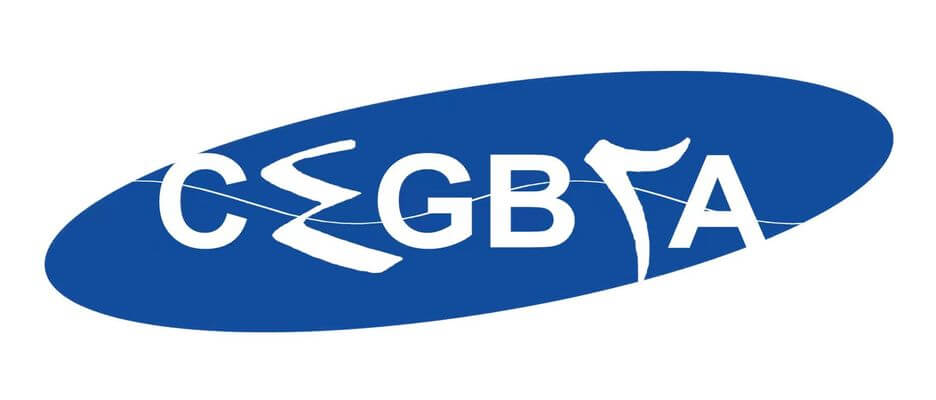Development of an integrated multi-trophic aquaculture (IMTA)
system for tropical marine species in southern cebu, Central Philippines
More than 60% of the world’spopulation of 6.7 billion is in Asia whose reliance on animal protein comes from fishandother aquatic foods obtained from both capture and captive fisheries (Liao, 2002). Aquaculture contributed 91% of the world’s total production in 1999 and will be the only means to meet the increasing demand for seafood to offset the global shortfall of fishery production from capture fisheries (FAO, 2008). Aquaculture production of fishand shellfish has grown by an average of 7.7% per year over the last decade (Gjedrem et al., 2012). However, aquaculture has also been responsible for many of ecosystems failure. Sustainable fishery pro- duction is a big challenge of the aquaculture industry especially where there is an extensive use of commercial feeds that, itself, contributes to a much bigger problem in open water systems—i.e. , water pollution (Chávez-Crooker and Obreque-Contreras, 2010). This is in addition to the fact that aquaculture has been responsible for the loss of mangrove communities in most of southeast Asia in the 1970s to 80s, to give way for fishand shrimp production ponds (Primavera, 2005). The increasing popularity of using open sea cul- ture systems for marine fish production is anticipated to intensify the use of commercially formulated feeds. With no intervention so far instituted in this type of culture system in the Philippines, this could pose a potential threat to coastal areas where these activities are mainly concentrated.
In Asia, where aquaculture had its early beginnings, fish farmers use integrated aquaculture commonly for the produc- tion of shrimp and milkfish. In the Philippines, the concept of integrated aquaculture is nothing new and has been applied for decades on milkfish–shrimp combination, seaweed–milkfish, shrimp–seaweed, rice–tilapia, tilapia–carp (Palmaet al.,2007), fish–duck–pig (Alcover, 2007), etc., which are usually done in pond systems. Open sea culture using a combination of multi-trophic species in the concept of IMTA is a relatively new context for tropi- cal setting such as the Philippines and is worth exploring to harness its potential benefits of being environmentally sustainable. In his review of the developments of global aquaculture, Troell (2009) indicated that only 16% of research so far done on integrated trop- ical aquaculture, were on open water environments and mostly involving seaweeds.
Integrated multi-trophic aquaculture (IMTA) is an ecosystems approach in mariculture that has been proven to solve sea pol-lution problems associated with fish culture mainly intemperate
waters (Troell, 2009). IMTA system uses marine species that are not only commercially viable, such as salmon, but are also environmen- tally sustainable, based on the concept that the wastes consisting of uneaten feed, feces and metabolic excretion of one species are a useful input for growth of another species, working in a natural self-cleansing mechanism (Chopin et al.,2001). While it is possi- ble to adopt the IMTA system in the tropical waters using local species, Lander et al. (2013) suggested that site specific practices need to be implemented as it is most likely not possible to develop a universal system for IMTA systems. Two locally available marine organisms were tested—the donkey’s ear abalone (H. asinina) as the fed species and mixed seaweeds (green Caulerpa lentillifera and red Gracilaria heteroclada and Eucheumadenticulatum) as the extractive components. Donkey’s ear abalone grows in coral reefs where there are abundant algae to feed on. Due to overexploitation and habitat degradation, the natural stock of this species is experiencing deple- tion and necessitates the use of mariculture both for restocking and commercial production (Capinpin, 2013). The red seaweed, G. het- eroclada (the current identification of this species as G. manilaensis by Song et al., 2013 is not used in this study to minimize confusion with those used in earlier studies), known locally as ‘gulaman’ or ‘uwaman’, is a preferred food of abalone (Capinpin and Corre, 1996). Other species of this genus are used for the industrial extraction of agar. On the other hand, the green seaweed, C. lentillifera (‘sea grapes’ or ‘green caviar’), is a popular seaweed used as fresh salad and traditionally grown in earthen fish ponds in Mactan Island, Cebu.
This paper reports the initial results of establishing an IMTA system of growing donkey’s ear abalone in cages in the open sea, side by side seaweeds as both feed and extractive component for inorganic wastes. This arrangement is in stark contrast to that of the conventional aquaculture model which does not consciously integrate extractive species.

